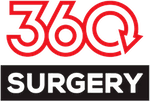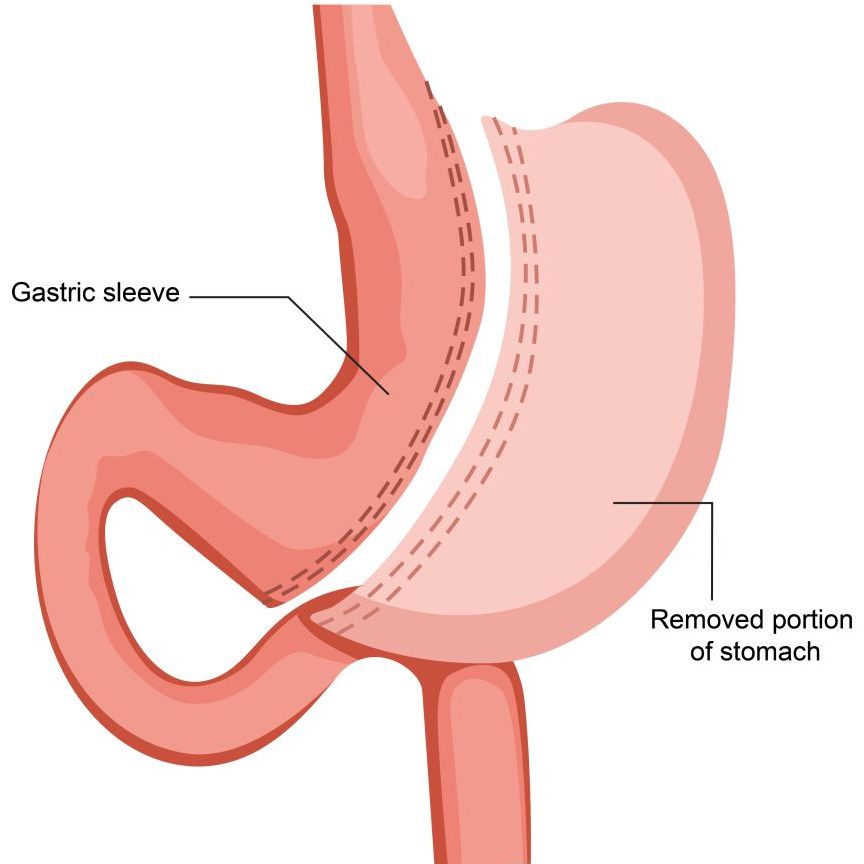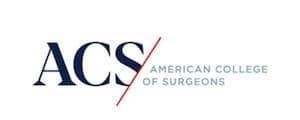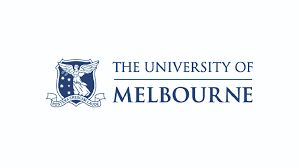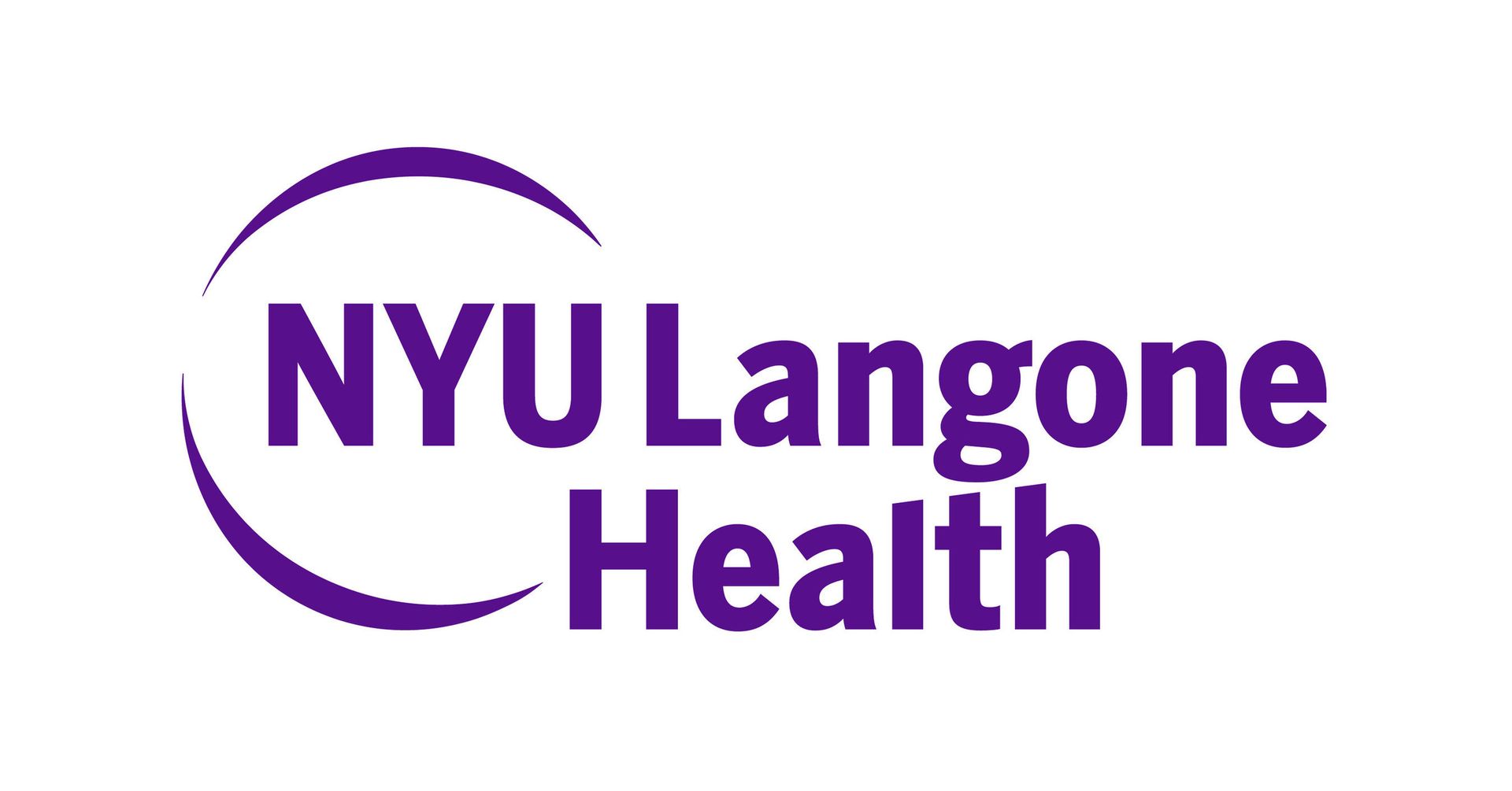Sleeve Gastrectomy
What is Gastric Sleeve Surgery?
Gastric sleeve surgery, also known as sleeve gastrectomy, is currently the world's most popular weight loss operation. It is a surgical procedure that removes approximately 75% of the stomach to leave a narrow gastric tube that restricts food intake and alters hunger and satiety hormones, resulting in weight loss.
The distensible upper portion of the stomach, the fundus, is removed, with it, the source of gut hormones that promote hunger. The remaining stomach is a tubular pouch that resembles a banana.
Who is Suitable for Gastric Sleeve Surgery?
- Meet criteria for weight loss surgery (see ‘Am I a candidate?’)
- As a revisional procedure after gastric banding
- Patients with obesity and no or minimal gastroesophageal reflux
- Patients with lower BMIs
- Patients with significant previous abdominal surgeries or small bowel pathology where adhesions or small bowel pathology would preclude mobilising the small bowel
Benefits of Gastric Sleeve Surgery
Gastric Sleeve surgery restricts the amount of food the stomach can hold. This results in the following:
- A rapid and significant weight loss that comparative studies find similar to that of the Roux-en-Y gastric bypass
- Small bowel remains intact
- Access to the biliary tree and duodenum is preserved
- No anastomoses
- Weight loss of >57% excess weight at least ten years after surgery
- Surgical options for revision, if required
- Few nutrient complications than bypass procedures or SADIRequires no foreign objects (LAGB) and no bypass or re-routing of the food stream
- Causes favourable changes in gut hormones that suppress hunger, reduce appetite and improve satiety
Alternative Options
While gastric sleeve surgery is an effective weight loss intervention, it may only suit some. Alternative options for weight loss include:
- Gastric Bypass: Involves creating a smaller stomach pouch and rerouting the small intestine, resulting in reduced calorie absorption and changes in gut hormones that promote weight loss. This may include a Roux-en-Y gastric bypass and a mini gastric bypass.
- SADI
- Adjustable Gastric Banding: This involves placing a silicone band around the upper part of the stomach to create a smaller pouch, limiting food intake. The band can be adjusted over time to achieve the desired level of restriction.
- Medical Weight Management Programs: These programs provide comprehensive support and guidance for weight loss through dietary counselling, exercise plans, behaviour modification strategies, use of pharmacotherapy, and ongoing monitoring by healthcare professionals.
- Lifestyle Modifications: Healthy lifestyle habits, such as a balanced diet, regular exercise, and behaviour changes, can contribute to weight loss and improved overall health.
Gastric Sleeve Surgery
The Sleeve Gastrectomy procedure involves your surgeon:
- Making some small (keyhole) incisions on the upper abdominal wall (the umbilicus may also be used for one of these to minimise visible scars).
- Insert specialised surgical tools, including a camera, through the incisions.
- Remove the outer section of the stomach (which makes up 70-80% of the stomach).
- Use a specialised stapling device to close the sides of the stomach tube (or sleeve), which remains inside the patient and is not removed.
- These incisions are placed within your natural skin lines to minimise visible scarring. All skin wounds are closed with hidden absorbable sutures that need not be removed.
- All you will see when the dressings are removed is a neat line.
What to Expect After Gastric Sleeve Surgery?
Immediately after surgery, some patients report sensations of:
- chest tightness
- a stitch feeling in the upper abdominal area (especially on the left side, up under the rib cage)
- an ache in the left shoulder tip
These sensations usually resolve within 1-2 days. This discomfort is generally not limiting; you can still sit comfortably and walk. It is usually related to the gas used to insufflate the abdomen during surgery and is absorbed by the body.
You will be provided adequate analgesia in the hospital and after discharge to ensure you are comfortable and be offered various medications to ensure you are not in pain. When returning home, most patients will not require more analgesics than paracetamol.
You can drink and get out of bed immediately after surgery.
Patients are discharged after an overnight stay once they are comfortable, ambulating, voiding and can tolerate sufficient liquid to maintain hydration at home.
Postoperative Care Plan
A care plan will be carefully designed to allow you to get the most out of your surgery. Your first visit after surgery will be scheduled within two to four weeks. After this, you must visit your doctor regularly – for two months, six months and then annually.
At each follow-up visit, keep your doctor informed of your recovery or progress and contact your doctor for any health concerns you have in-between visits. Regular visits will provide an opportunity to check in or assist you with any dietary advice and health support.
You will also see dieticians before you progress to the next phase of your diet, usually at two, four and six-week intervals. After this transition is completed, you should see your dietician regularly.
Is the Gastric Sleeve Reversible?
No, the sleeve operation cannot be reversed because part of the stomach is removed from the body. Many patients are attracted to these weight loss surgeries because they feel it represents a more permanent solution to their weight problem. It is also not adjustable, decreasing the need for intensive follow-up to achieve adequate weight loss.
Gastric Sleeve Surgery Risks
Complications of bariatric surgery may include general and specific complications. More common complications are listed below.
General complications:
- Anaesthetic complications
- Death
- Bleeding
- Pneumonia
- Wound infection
- Myocardial infarct
- DVT/PE (blood clots)
- Allergy
- Urinary infection
- Nausea and vomiting
- Other hospital-acquired infections, e.g. diarrhoea
- Injury to bowel or organs
- Incisional hernia
- Inadequate weight loss/weight regain
- Need for further surgery
- Malnutrition
- Oral intolerance
- Gallstones
- Conversion to open
Specific risks after sleeve gastrectomy may include:
- Staple line bleeding
- Reflux
- Sleeve twist
- Intestinal blood clots (portal vein)
- Staple line leak
